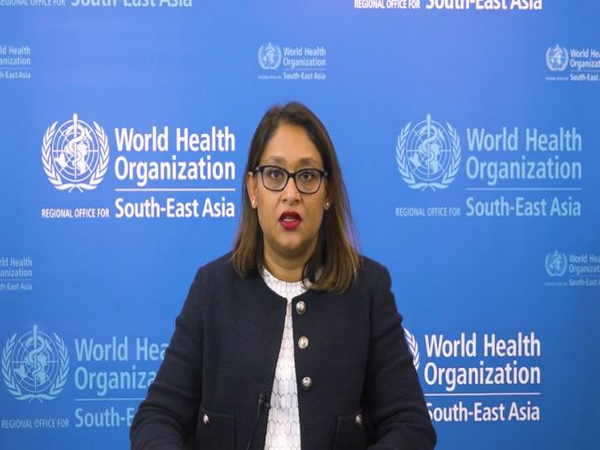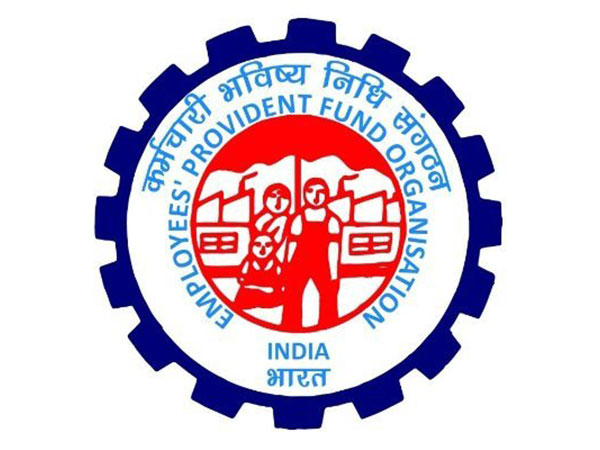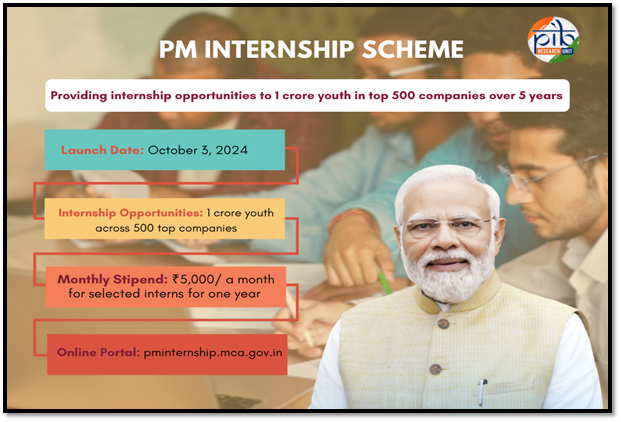The World Health Organization (WHO) has dedicated this year’s World Health Day to the theme “Healthy Beginnings, Hopeful Futures,” spotlighting the urgent global need to prioritize maternal and newborn health.
Marking its 77th anniversary on April 7, the UN agency emphasized that the health and well-being of mothers and infants form the foundation of a healthier, more equitable world. WHO South-East Asia Regional Director Saima Wazed underscored that health is a generational legacy—one that begins even before birth and shapes the future of societies.
The WHO South-East Asia Region has demonstrated global leadership by achieving the fastest reductions in maternal and child mortality. Between 2010 and 2023, the region recorded a 53% reduction in the maternal mortality ratio (MMR), a 44% drop in the neonatal mortality rate (NMR), a 39% decline in the stillbirth rate (SBR), and a 49% reduction in the under-five mortality rate (U5MR).
Aligned with WHO’s vision, India has made remarkable strides in maternal and child health. India’s commitment to maternal health is reflected through flagship government programs like Janani Suraksha Yojana, SUMAN, and the Pradhan Mantri Surakshit Matritva Abhiyan, which have significantly expanded access to free maternity and antenatal care. Institutional deliveries now account for 88.8% of all births. Over 41,000 public health facilities provide maternal services, with more than 1,100 labour rooms and 800 maternity operation theatres certified under the LaQshya quality assurance initiative.
Over the past three decades, India has made remarkable strides in reducing maternal and child mortality. The Maternal Mortality Ratio (MMR) in India saw a significant decline—from 130 per 1,00,000 live births in 2014–16 to 97 in 2018–20. Between 1990 and 2020, India achieved an impressive 83% reduction in MMR, far outpacing the global decline of 42% during the same period.
Similar progress is evident in child health indicators. The Infant Mortality Rate (IMR) dropped from 39 per 1,000 live births in 2014 to 28 in 2020. The Neonatal Mortality Rate (NMR) fell from 26 to 20 per 1,000 live births, and the Under-5 Mortality Rate (U5MR) decreased from 45 to 32 in the same timeframe. In terms of long-term trends from 1990 to 2020, India recorded a 65% reduction in NMR, 69% in IMR, and 75% in U5MR—again surpassing global reductions of 51%, 55%, and 58% respectively. These outcomes reflect India’s sustained commitment to maternal and child health and its growing leadership in global health progress.
Other Interventions for Maternal Health and Pregnant Women
India has adopted a comprehensive strategy to enhance maternal health. Initiatives such as Maternal Death Surveillance and Response (MDSR) aim to identify and prevent maternal deaths, while educational resources like the Mother and Child Protection (MCP) Card and Safe Motherhood Booklet empower pregnant women with crucial information. The Reproductive and Child Health (RCH) Portal ensures timely care through digital tracking.
The Anaemia Mukt Bharat (AMB) campaign, under POSHAN Abhiyan, addresses anaemia among adolescents and pregnant women. Birth Waiting Homes (BWH) promote institutional deliveries in remote regions, while Village Health, Sanitation & Nutrition Days (VHSND) and outreach camps ensure healthcare access in tribal and hard-to-reach areas.
As of April 5, over 1.76 lakh Ayushman Arogya Mandirs (Health & Wellness Centres) are operational across India, delivering comprehensive primary healthcare services. These centres have conducted more than 107 crore hypertension screenings and 94 crore diabetes screenings. Wellness activities such as yoga, cycling, and meditation are regularly held, with 5.06 crore wellness sessions completed by February 28.
Moreover, as of November 30, 2024, over 17,000 government health facilities have been certified under the National Quality Assurance Standards (NQAS), reinforcing a culture of continuous quality improvement and patient-centric care.
Digital health initiatives like the Ayushman Bharat Digital Mission and eSanjeevani have further transformed healthcare delivery. Over 76 crore digital health accounts have been created, and the telemedicine platform has facilitated 36 crore consultations. The U-WIN immunization portal has tracked more than 29 crore vaccine doses, supporting immunization coverage nationwide.
Ayushman Bharat
The Ayushman Bharat Digital Mission (ABDM) is building a unified digital health ecosystem that securely connects patients, healthcare providers, and systems. As of April 5, over 76 crore Ayushman Bharat Health Accounts (ABHA) have been created, along with registrations of more than 5.95 lakh verified healthcare professionals and 3.86 lakh verified health facilities. Over 52 crore health records have been digitally linked.
The U-WIN platform under the Universal Immunization Programme (UIP) enables flexible vaccine access and tracks immunizations for pregnant women and children up to 16 years of age. As of December 15, 2024, 7.90 crore beneficiaries had been registered, 1.32 crore vaccination sessions conducted, and 29.22 crore vaccine doses administered.
eSanjeevani, India’s National Telemedicine Service, has revolutionized remote healthcare access, serving over 36 crore patients as of April 6, 2025. The service currently supports 232,291 healthcare providers, 131,793 spokes, 17,051 hubs, and offers 130 medical specialities.
Disease Elimination and Control
India has achieved remarkable milestones in disease elimination and control. According to the WHO World Malaria Report 2024, malaria cases declined by 69% and deaths by 68% between 2017 and 2023. India accounted for only 0.8% of global malaria cases in 2023 and exited the WHO’s High Burden to High Impact group in 2024.
In the same year, Trachoma was officially eliminated as a public health problem. India’s strong Measles-Rubella vaccination drive, supported by surveillance and awareness programs, resulted in zero measles cases in 50 districts and no rubella cases in 226 districts by March 6, 2024.
Progress in tuberculosis control has also been significant. According to the WHO Global TB Report, TB incidence fell by 17.7%, from 237 to 195 cases per lakh population between 2015 and 2023, while TB-related deaths dropped from 28 to 22 per lakh. The number of missing TB cases declined by 83%, from 15 lakh in 2015 to 2.5 lakh in 2023.
The Pradhan Mantri TB Mukt Bharat Abhiyaan, launched in 2022, has mobilized over 2.5 lakh Ni-kshay Mitras, supporting 15 lakh TB patients and their families.
India also achieved Kala-azar elimination by October 2024, with all endemic blocks reporting fewer than one case per 10,000 population by the end of 2023.
Under the Ayushman Bharat – PM Jan Arogya Yojana (AB-PMJAY), over 55 crore economically vulnerable citizens, representing the bottom 40% of India’s population, are covered with health insurance of Rs. 5 lakh per family. By April 3, 2025, over 40 crore Ayushman Cards had been issued and 8.50 crore authorised hospital admissions completed. The scheme includes 31,846 empanelled hospitals, of which 17,434 are public and 14,412 private.
ASHA and Anganwadi workers have also been added as beneficiaries. Additionally, over 25 lakh senior citizens have been enrolled under the Ayushman Vay Vandana Card scheme as of December 9, 2024.
Mental Health Services
The Tele-MANAS (National Tele-Mental Health Programme) currently operates 53 cells across 36 States and Union Territories, offering 24×7 mental health support in 20 languages. As of April 5, it had addressed over 20 lakh calls, backed by an allocation of Rs. 230 crore over the past three years.
According to the Manoashraya Dashboard, around 440 Rehabilitation Homes and Halfway Homes are functioning across the country, providing structured support to individuals in need of psychosocial care.
(With ANI inputs)





















